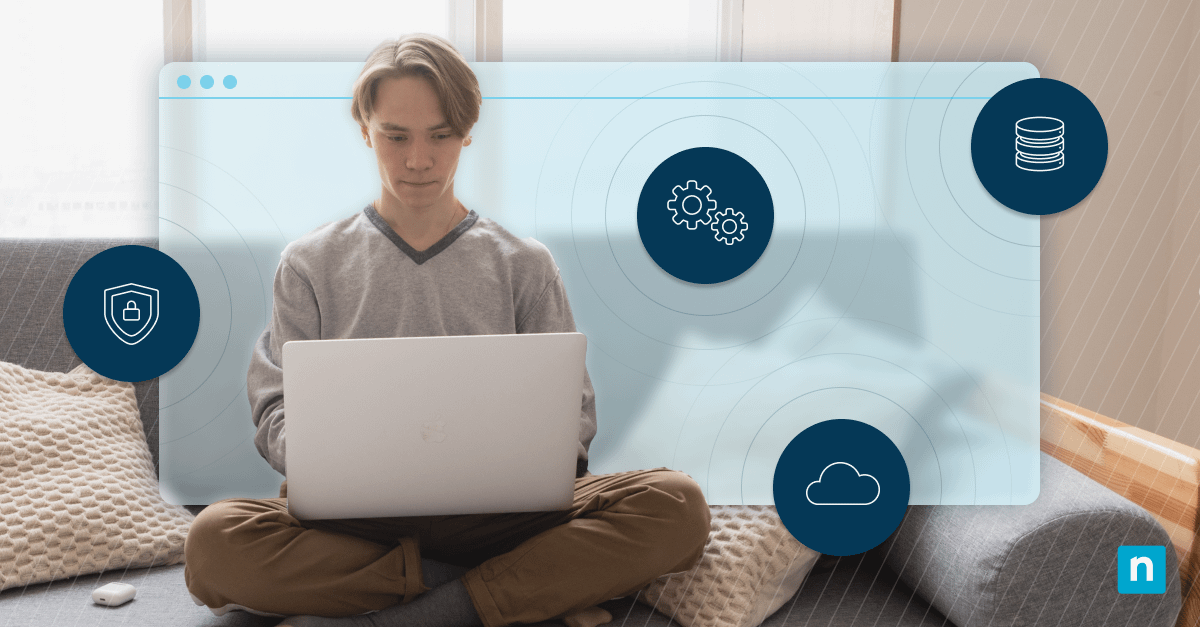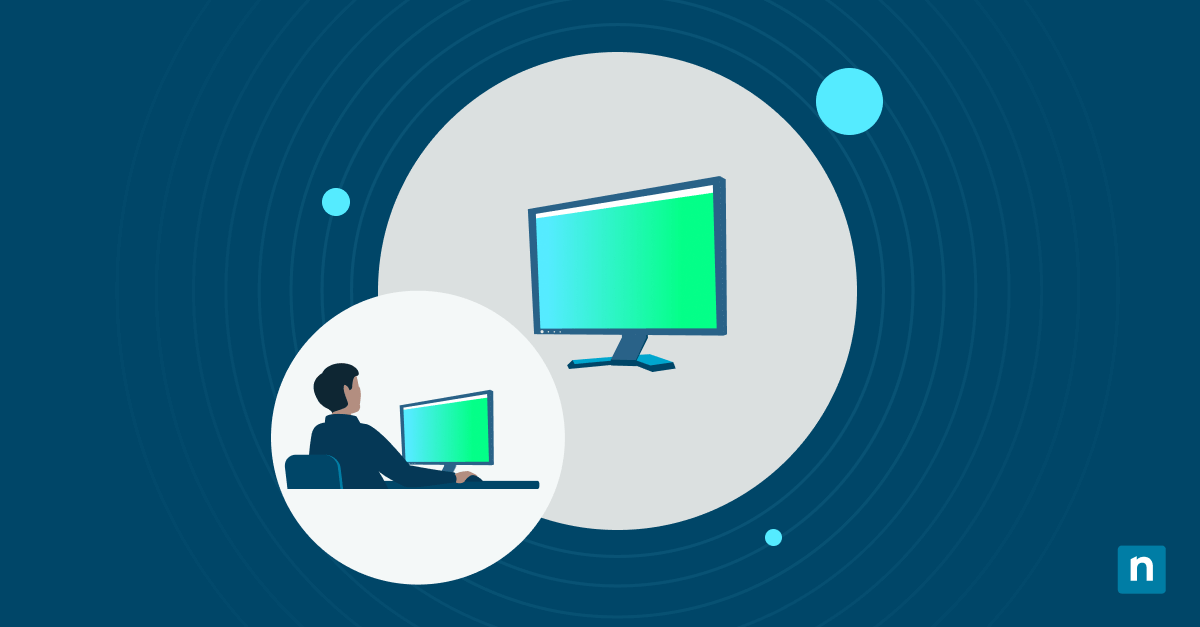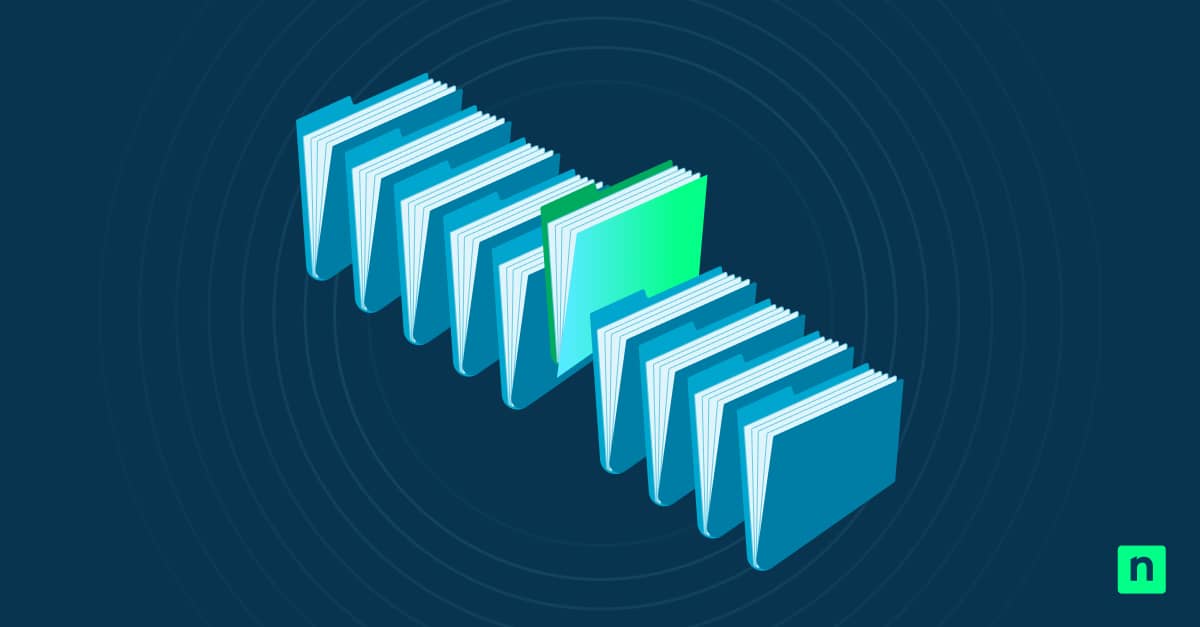Microsoft Windows, one of the world’s most popular operating systems, has declared that support for Windows 7 – 8/8.1 operating systems will come to an end. In the next few weeks, this update will drive significant changes for both IT professionals and MSPs. Mark January 10th, 2023 in your calendars because that’s when the era of Windows 7, 8, and 8.1 will come to a close.
Support is no longer available for Windows 7 – 8/8.1
In December of 2022, Microsoft informed their customers that support for Windows 7 Extended Security Update (ESU), Windows 8, and Windows 8.1 will end on January 10th, 2023. Users will not be able to use Microsoft 365 on devices with these operating systems. Additionally, Google announced that they will no longer support Chrome on Windows 7 – 8/8.1, and that Chrome 109 is the last version that will support these operating systems.
A brief history of Windows 7, 8, & 8.1
While mainstream support for Windows 7 ended back in 2015 and its extended support ended in 2020, users had the option to pay a fee for an additional three years of support, which ends this year in January 2023. Mainstream support for Windows 8 ended in 2018, and its extended support ends in January 2023 along with Windows 7. While businesses might not mourn the ending of the notoriously problematic Windows 8 or the slightly improved 8.1, many users and businesses were dismayed to hear about the ending of the popular and reliable Windows 7 OS.
Why Microsoft ended support for Windows 7 – 8/8.1
Microsoft believes in staying up-to-date with new technology and innovation, which is why they ended support for Windows 7 – 8/8.1. This is in accordance with their Modern Lifecycle Policy, especially the first point. The policy states, “The Modern Lifecycle Policy covers products and services that are serviced and supported continuously. Under this policy, the product or service remains in support if the following criteria are met:
- Customers must stay current as per the servicing and system requirements published for the product or service.
- Customers must be licensed to use the product or service.
- Microsoft must currently offer support for the product or service.”
How Windows’ update affects IT professionals & organizations
What does Microsoft’s update mean for IT professionals, and how will it affect organizations? Transitioning from the old operating systems to newer methods will most likely come with a few challenges and blockers. Since the world of IT is full of change, internal IT teams should have very little issue rolling with the update.
However, MSPs might find it a bit more challenging to convince their clients to make a change, especially since more businesses use Windows 7 instead of Windows 11. If MSP clients or IT departments choose to stick with the old OS despite the lack of service because of the belief that “if it isn’t broken, don’t fix it,” they will face these obstacles:
No support from Microsoft
With Windows 7 – 8/8.1, users will not have any support from Microsoft. This means no feature updates, security updates, or updates of any kind. Your devices will still run, but they do so at their own risk.
Devices are vulnerable to attack
Since endpoints with the old Microsoft operating systems will not receive security updates, they are vulnerable to attack. These endpoints with critical data can easily be infected with malware, leaving your data in the hands of dangerous cybercriminals. Your OS goes hand-in-hand with endpoint management practices to ensure that every device remains secure.
Certain applications will not run
As Windows 7, 8, and 8.1 become more out-of-date, certain applications will no longer run on your device. As previously stated, Google Chrome has already mentioned that they will not support Chrome on Windows 7 – 8/8.1. We can expect other applications to follow suit and remove support for the outdated operating systems, especially as more time passes.
Finding help for issues becomes difficult
It’s difficult for users to find help for issues when they use old or outdated systems. When an issue occurs, finding solutions or guidance will be no easy task.
Will not have access to the latest and greatest version
New technology and operating systems offer more features, improved security, and better performance. If users remain with the old OS, they will lose out on the benefits that the new OS provides. You can use RMM to ensure that all your devices have installed the correct OS.
3 ways IT leaders can handle the Windows update
Right now, organizations with the recently outdated Windows operating systems are scrambling to find the best way to deal with the update. Here are some solutions that IT leaders can use to handle the update:
1) Update to the new Microsoft OS
If you already rely on a Windows OS, the easiest way to handle the end of Windows 7-8/8.1 is to upgrade to a newer version of Windows. There are plenty of excellent Windows operating systems for businesses of all sizes, such as Windows 10 or 11.
2) Switch to a different OS
There are many business leaders who are viewing the end of Windows 7-8/8.1 as an opportunity to switch to a different OS, such as Linux. If your current OS isn’t providing the service, ease of use, or tools that your business requires, consider moving forward with a different operating system.
3) Do nothing
Some businesses believe in the “If it isn’t broken, don’t fix it” mindset and plan to continue using Windows 7, 8, or 8.1 even after the update. Essentially, their current strategy is to do nothing. This option might work for smaller businesses, but it’s not recommended for larger enterprises, and it’s not a reliable, long-term solution for any organization.
Conclusion
Although the era of Windows 7 – 8/8.1 has come to a close, businesses and leadership can view this event as an opportunity to modernize and improve their IT systems with a new OS. To take your IT environment to a whole new level, consider using an RMM tool, such as NinjaOne, to better manage all your IT systems. Whether you are part of an internal IT team or an MSP, NInjaOne RMM is the tool you need to better manage all your endpoints, upgrade your systems, and ensure the safety of all your IT assets. But don’t just take our word for it; start your free trial to take the first step towards creating a safer, stronger, and more efficient IT environment.








